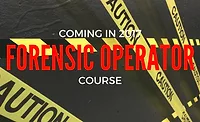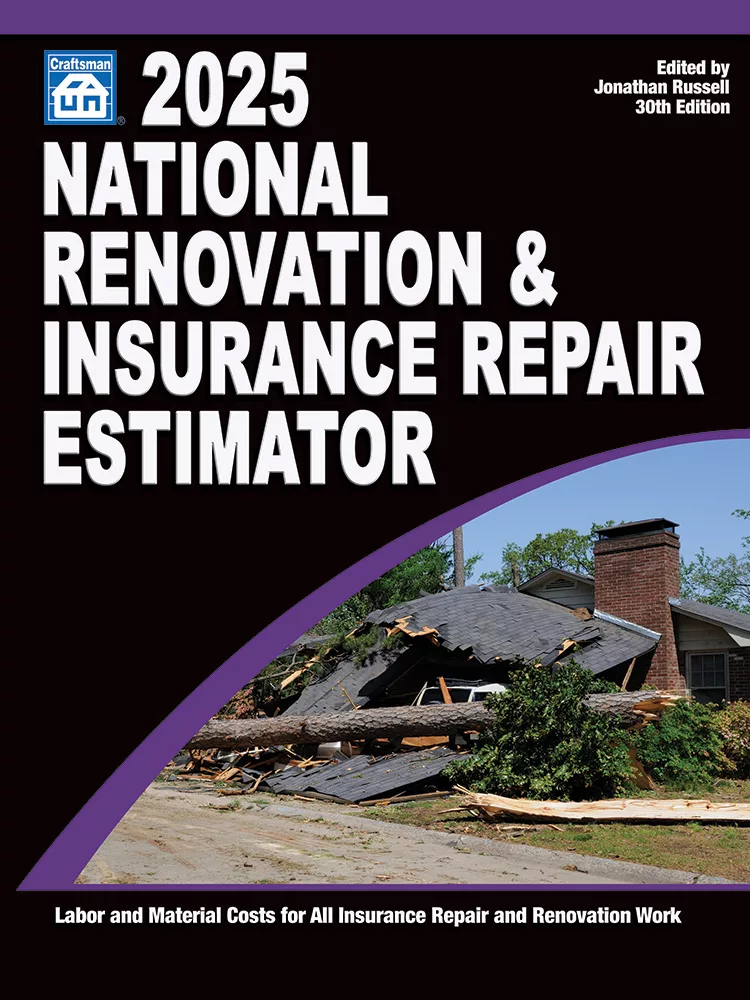Inaugural Certified Forensic Operator Class Held in Texas
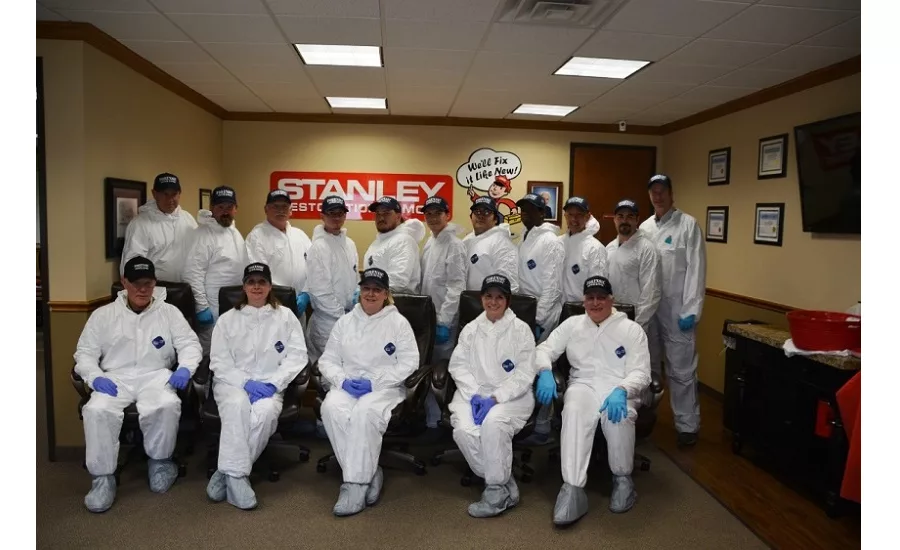
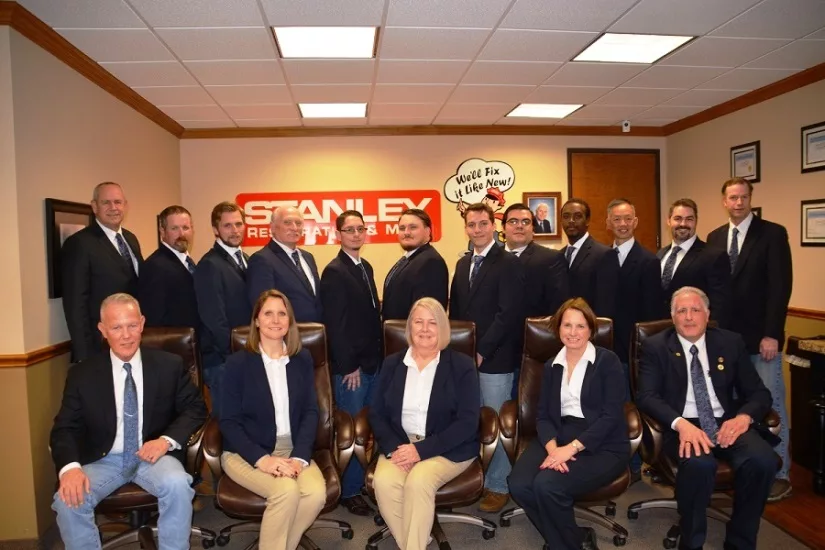
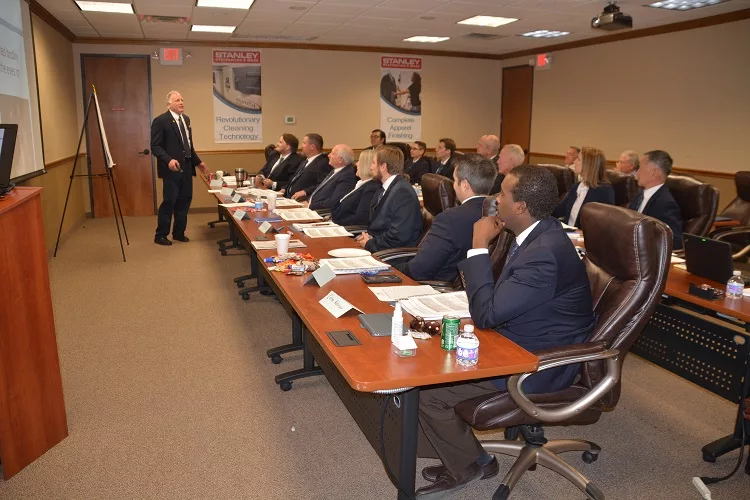
The world of forensic restoration has taken a number of impressive steps forward in the last year. The release of the Guidelines for Professional Forensic Restoration by the Restoration Industry Association (RIA) in July of 2016 was the first consensus document directed at specialty restoration projects. The Forensic Guidelines lay out the proper approach to situations that range from crime and trauma scene clean-up to emptying hoarder homes and dealing with animal infestation. The Guidelines also cover how to address illicit drug labs, tear gas contamination, and situations where specific infectious agents need to be eliminated.
Although the Guidelines are straightforward and designed to be easy to use by the operators engaged in the work, they are guidelines--not a “recipe” for how to take a project most efficiently and safely from the initial call about the case to successful evaluation of the post-restoration tests. Fortunately the first Forensic Restoration “cookbook” has been completed and was offered as part of a forensic “cooking class” held in Dallas, Texas. The Certified Forensic Restoration OperatorsTM class is the only training that is currently based on the RIA Guidelines.
“The RIA Guidelines for forensic work are a huge leap forward for the industry”, noted Jeff Jones, who served as one of the editors of the document. “Even so, the guidelines are only the skeleton of basic information that a skilled forensic operator has to build on with training and experience” Jones stated at the start of a class in Dallas. “We are here because as helpful as reading it in a book is, practicing it with experienced forensic “drill sergeants” looking over your shoulder is what prepares a person to complete this work safely in the field.”
Jones added an important caution: “make no mistake, this is microbial warfare and some of the situations we are called to deal with can kill people”.
Jones was joined as a primary instructor by Michael Pinto, his co-editor of the RIA Guidelines. They also had the assistance of several experienced manufacturer’s representatives to offer specific details about cleaning chemicals/disinfectants and personal protective equipment (PPE). In order to begin the process of professionalizing the forensic restoration industry the instructors encouraged the students to attend the initial classroom portion of the training program in a sport coat and tie. Since most of days two and three of the class were dedicated to actually setting up a Risk Level 4 worksite (the most protective arrangement required by the Guidelines with a three stage transition zone that includes a wash station for outer PPE) and cleaning up decomposing animals, the students were wearing uniform shirts and jeans for those days.
In order to ensure that the students moving through this rigorous training experience have real credentials, the training providers work closely with the specialty trade association for forensic activities known as BioPTO. Having an independent group review the curriculum and offering the certificates was another important step to improving the professionalism of the industry.
With Jones’ extensive military background, it is no surprise that the Certified Forensic Operator’sTM class was very structured. This allowed for the transmission of an immense amount of information while still having a focus on the actual “doing” rather than just “knowing”. The results were clear to the students, particularly those who have previous training in this field.
“The Certified Forensic Operators Course is by far head and shoulders above all of the other courses I have attended”, exclaimed Ben Steen, a field supervisor at Bio-Sheen Services LLC in Oklahoma City. “The difference was not only in the nuts and bolts of the industry but, how the instructors presented the information so that even a beginner can understand the concepts of what will be expected of them.”
The positive comments regarding the content of the class was offered by both individuals with extensive training and experience and those that were looking to add forensic restoration as a new part of their business. Rob Reynolds of Stanley Restoration noted that their organization had been thinking about moving into the forensic restoration field, but wanted to make sure that they would be able to provide those services at the same high level as their existing restoration activities. As an active member of the RIA, Rob was aware of the Guidelines and attended the Forensic Restoration conference held last October in St. Louis. It was then that he decided to search for forensic restoration training that was centered on the Guidelines.
“The way that the RIA put that document together made me realize that only training that matched that would meet our requirements for forensic restoration excellence,” Reynolds said.
Currently, other classes are being confirmed with interested contractors and sponsoring organizations around the country. One that is already in place will occur in August in Melbourne, Australia.
“These guidelines were developed for a global industry”, stated Jeff Jones proudly. “We are committed to making sure that the same quality of training is available around the world.”
Looking for a reprint of this article?
From high-res PDFs to custom plaques, order your copy today!



